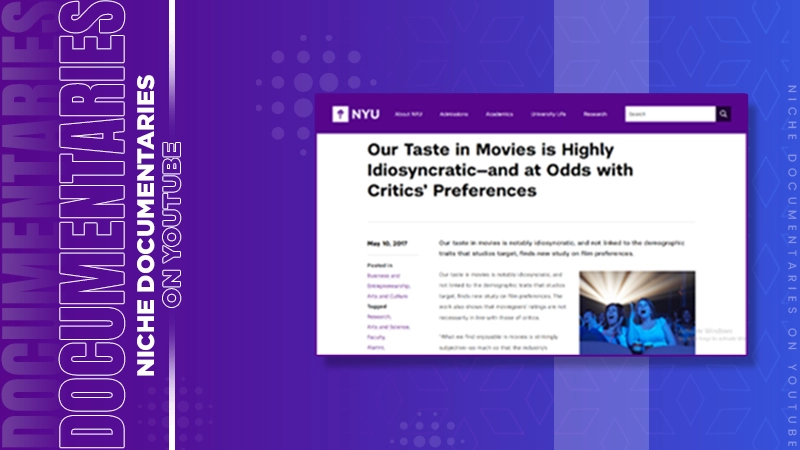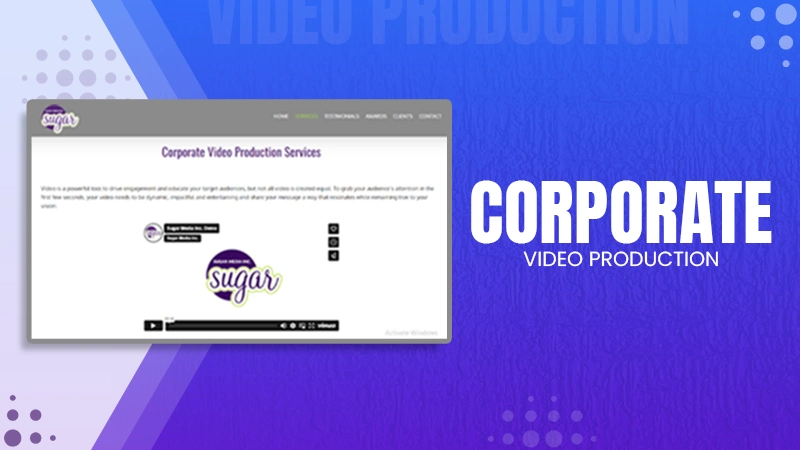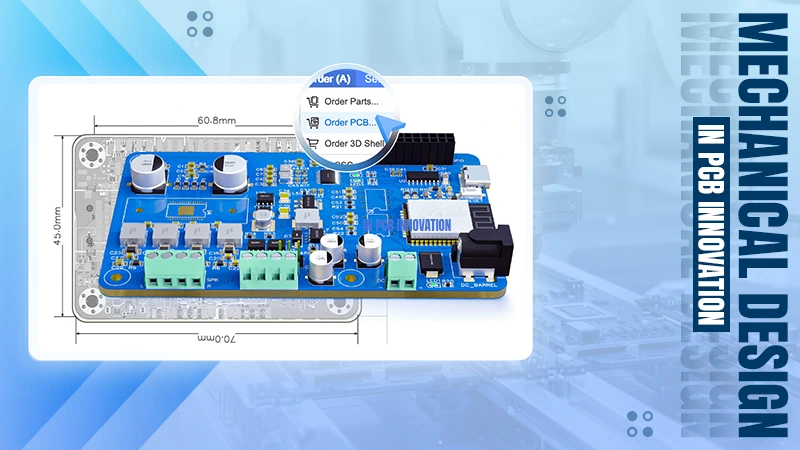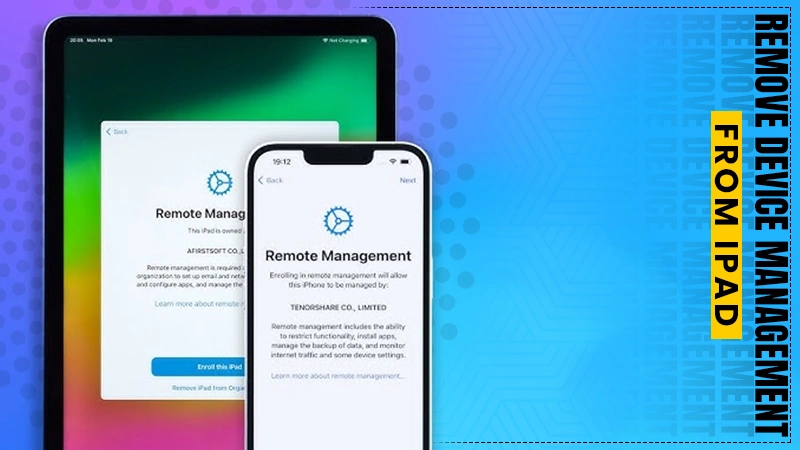Line Balance Optimization: Enhancing Production Flow and Reducing Bottlenecks
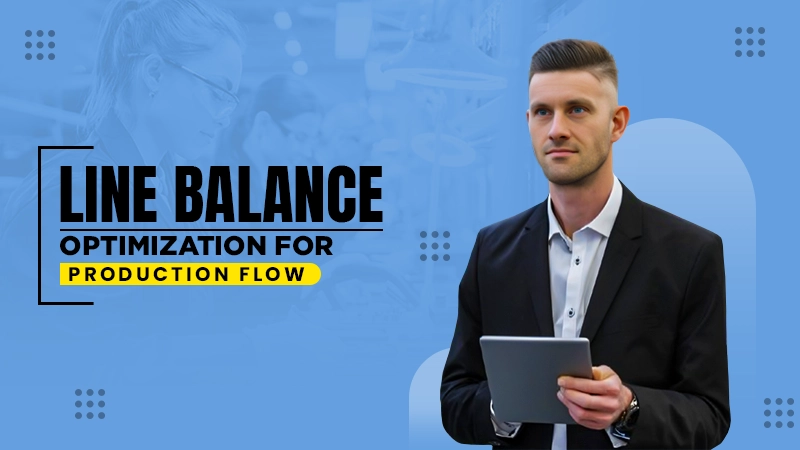
In the competitive landscape of manufacturing, ensuring smooth and efficient production flow is not only a goal but a necessity. Imagine more ‘can-do’ and less time-wasting on your production line. That’s what you get when you rebalance tasks and resources. Quality skyrockets, delays disappear, and you’re left with a significantly leaner operation. What if you could harmonize your production lines to unlock maximum efficiency? Line balance optimization holds the key. Let’s explore how this powerful methodology, supported by innovative software tools, is redefining manufacturing operations and driving remarkable results.
Introduction to Line Balance Optimization
Line balancing is a systemic approach to leveling the workload across all operations within a production process. In the hustle and bustle of manufacturing, one major problem stands out – but a revolutionary solution has finally arrived, supplying a much-needed fix. Lopsided workload dividing your team. When production lines are out of balance, it’s not uncommon to see some areas swimming in work while others are left twiddling their thumbs, creating a roadblock that slows down the entire process.
The goals of line balance optimization are twofold. Take the production process, for instance. This solution gets all the different stages talking to each other, enabling workpieces to move swiftly and smoothly through the entire manufacturing cycle, with no delay or holdup. Secondly, it seeks to mitigate bottlenecks—those points in the production line that limit the overall capacity and efficiency due to their reduced throughput.
Understanding Production Lines and Their Challenges
Production lines are sequences of steps, manned by workers or machines, where parts are assembled or processed to form a final product. These ecosystems are naturally primed for trouble – if something throws them off kilter, they’ll seize up and grind to a halt. One of the most inherent challenges is the presence of bottlenecks, usually caused by the slowest and least efficient part of the manufacturing line. When workstations are overloaded, production crawls, labor costs skyrocket, and quality takes a nosedive.
The Fundamental Principles of Line Balancing
Key principles underpinning line balancing strategies include cycle time, work allocation, and task sequencing.
Cycle Time: This refers to the maximum time that products spend at each station before moving to the next step. Line balancing attempts to make this time uniform across the process to prevent hold-ups at any single point.
Work Allocation: The distribution of tasks across available workstations needs to be equitable to avoid overloading specific sections of the line, thereby preventing bottlenecks.
Task Sequencing: Productivity heavily relies on a well-structured workflow. Properly sequencing tasks is vital to minimize downtime and keep resources from going to waste.
Bottlenecks in production lines can bring entire operations to a screeching halt, so spotting them early is vital.
Spotting production slowdowns is the first step to balancing your assembly line. Step one in ramping up productivity is tracking down the trouble spots: Apply targeted techniques like throughput analysis and process mapping to isolate exactly where workflows start to stall. Weak links in your process will emerge when you compare them to stronger counterparts, revealing the perfect opportunities for constructive change.
Bottlenecks are like production killers, quietly draining efficiency from the system. A single clog in the works can strain your whole production line, bogging down cycle times, bleeding budgets, and leaving missed deadlines in its wake.
Strategies for Optimizing Line Balance
To improve line balance, various strategies can be employed:
Task Rearrangement: Shuffling tasks between workstations to ensure more consistent cycle times.
Workstation Adjustments: Modifying or upgrading equipment to more evenly match production capabilities across the line.
Adding Flexibility: Cross-training employees or introducing multipurpose machinery can provide the flexibility needed to shift workload dynamically based on the production demand.
The Role of Technology in Line Balancing: Software Solutions
Enter line balancing software – a technology designed to revolutionize the way manufacturers approach production efficiency. With a line balancing software like LineView, production lines get a major productivity boost – analyses are speedy, adjustments are easy, and production flows smoothly. When evaluating software, make sure it’s got what it takes: simulate real-world scenarios in real-time, apresent a interface that’s both intuitive and powerful, and seamlessly merge with your existing ERP setup. The benefits are clear: reduced planning time, enhanced decision-making with predictive modeling, and, ultimately, a more synchronized production line.
Lean Manufacturing and Line Balance Optimization
Lean manufacturing, with its emphasis on waste reduction and value enhancement, pairs naturally with line balance optimization. Tools like value stream mapping, continuous improvement (Kaizen), and just-in-time (JIT) production are just a few lean methods that can further fine-tune the efficiency of balanced production lines.
Human Factors and Ergonomics in Line Balancing
While mechanical aspects are vital, the human element is equally important. Acknowledging the impact of human factors and ergonomics on productivity, modern line balancing incorporates worker well-being into the optimization equation. Simply putting people to work isn’t enough; we need to craft work environments that actively support their physical and emotional well-being, and show that we value their overall quality of life.
Future Trends in Line Balance Optimization
The future is bright with emerging trends like artificial intelligence (AI), the Internet of Things (IoT), and machine learning reshaping line balance optimization. As cutting-edge tech infiltrates the factory floor, possibilities are bursting forth – envision precision-tuned workflows, accelerated output, and visionary entrepreneurs leading the charge.
Conclusion
Competitive manufacturing operations don’t thrive without attention to line balance optimization – it’s a fundamental aspect that propels efficiency. It’s an ongoing commitment to excellence that manufactures, regardless of their size, should strive to master. Through a mix of strategy, technology, and careful planning, the foundation is laid for optimized results that make a real difference. To boost production efficiency, businesses must prioritize balancing their production lines – it’s a Make-or-Break decision that separates winners from also-rans.
